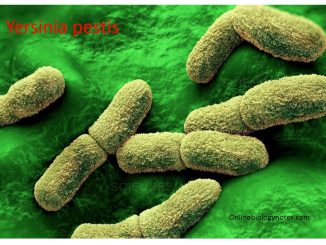
Yersinia pestis- characteristics, habitat and virulence factors
Yersinia pestis The name Yersinia is given after the French bacteriologist Alexander Yersinia who discovered the organism causing plague in 1894. At present 11 species […]

Yersinia pestis The name Yersinia is given after the French bacteriologist Alexander Yersinia who discovered the organism causing plague in 1894. At present 11 species […]
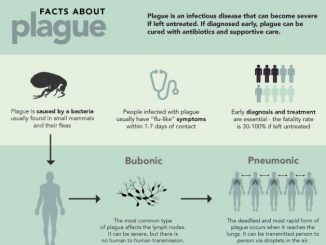
Transmission of plague: Plague is a zoonotic infection transmitted to human by the bite of an infected rat flea. Infection may also be transferred by […]
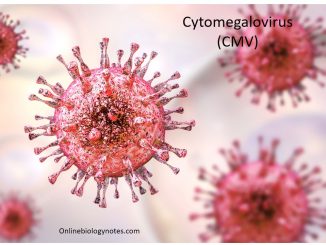
Cytomegalovirus: Cytomegalovirus (CMV) is a genus of viruses belonging to the order Herpesvirales, in the family Herpesviridae. CMV is the largest member of the human […]

Molecular marker: Molecular marker is identified as genetic marker. Molecular marker is a DNA or gene sequence within a recognized location on a chromosome which […]
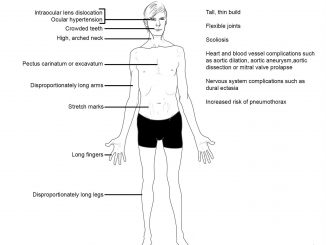
Marfan syndrome: Marfan syndrome is one of the genetic disorders i.e. the child inherits from their parents. It is a condition that affects the connective […]

Listeria species The genus Listeria are cocobacillary to bacillus shaped gram positive bacteria. They are non-sporing, non-capsulated and non-acid fast They are aerobic and microaerophilic […]
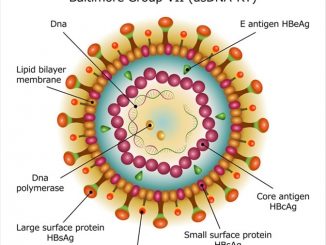
Hepatitis B virus Hepatitis B is the most widespread and most important type of viral hepatitis. Hepatitis B virus (HBV) infects the liver and to […]
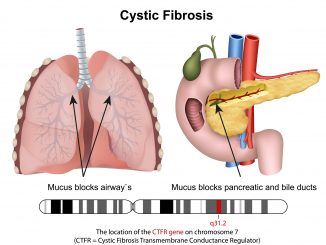
Cystic fibrosis: Cystic fibrosis (CF) is one of the genetic diseases i.e. it can be inherited to offspring. It is the condition where the mucus […]

Mumps virus Mumps is an acute contagious disease of children, characterized by acute enlargement of one or both salivary glands. The disease is caused by […]

Thalassemia Thalassemia is a common term for a group of inheritable, genetic diseases characterized by reduced levels of Hemoglobin, low RBCs production and anemia. There […]
Copyright © 2024 | WordPress Theme by MH Themes